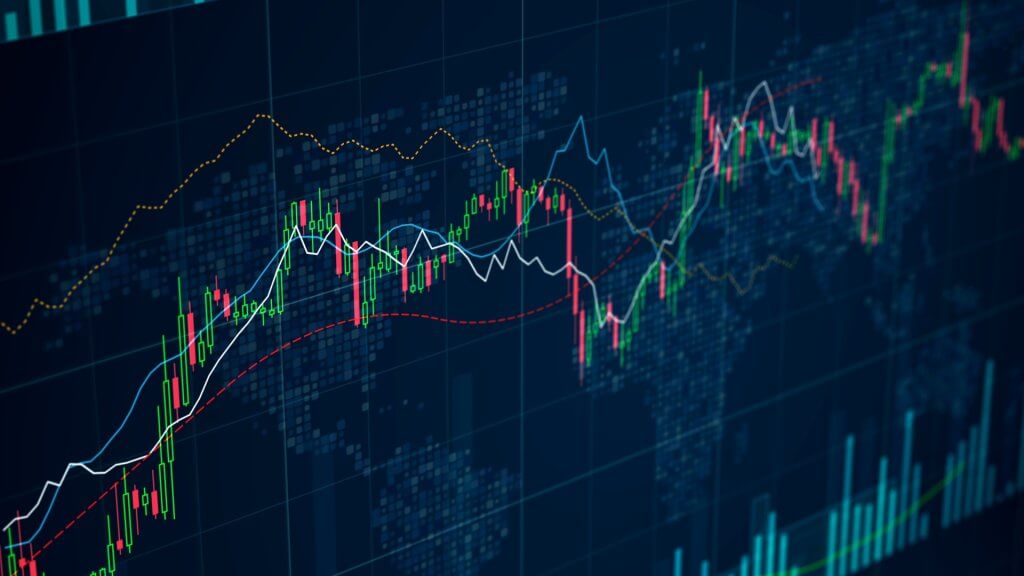
61% of US Companies Plan to Acquire in the Next Year
More than three-fifths of US companies (61%) are planning deals in the next 12 months – the highest number ever recorded by EY’s semiannual Global Capital Confidence Barometer. This percentage is also higher than the number of global respondents planning M&A, as US dealmaking continues to lead global M&A activity.
Although US executives foresee a contraction in the domestic M&A market on the horizon, this sentiment is not expected to translate into a decline in deal volumes. A healthy 94% of US companies say their deal pipelines will remain stable or improve in the next year, and 40% expect the global M&A market to increase. The most acquisitive US sectors over the next 12 months will be oil and gas, technology, consumer products and retail, and hospitality and leisure.
“In 2014 we saw the strongest momentum in M&A we have seen in years, and we expect to see more companies coming off the sidelines, looking to transact this year,” commented Rich Jeanneret, EY Americas Vice Chair, Transaction Advisory Services. “Our latest Barometer shows the impact of both new entrants and companies returning to the deal market after a hiatus. US deal pipelines in the next year should be stable and healthy, filled with a steady stream of midsize deals aimed to leverage new technologies or adjust a company’s position within its existing sector.”
Smaller deals and dealmakers – expected to drive M&A
Overall, a large majority of executives, 89%, are planning lower-middle-market deals, those under $250 million in size. This activity will likely be driven by a greater number of smaller, more innovative acquirers reentering the market after a prolonged period of inactivity. Blockbuster megadeals, which have garnered headlines since 2013, will persist; but global and US executives confirm that deals greater than US$1b in size are now a smaller focus of their activity. Larger companies, those above $5 billion in revenue, also expect to emphasize the upper middle market – deals between $250 million and $1 billion in size. Among these larger companies, theBarometer shows an even split in plans for deals above and below $250 million in size.
Given the focus on smaller deal size for the majority of companies, it is unsurprising that most deals will be innovative as opposed to transformational: 47% are planning deals in different sub-segments of their industries, while 38% are considering more midsize or bolt-on deals. As for pipelines, most US companies plan to reduce them in the next year, but again, this largely reflects the sentiment of smaller acquirers, those planning just one or two deals. Companies with four or more deals in their pipelines overwhelmingly plan to maintain or grow their pipelines in the next 12 months.
Cross-border deals come back into focus
Ninety-two percent of US executives are focused on cross-border transactions. Almost three-fourths are focused on opportunities in their immediate region, compared with just over half of global executives, reflecting US companies’ strong focus on developed markets such as Canada. While companies remain invested in the emerging markets, nearly two-thirds of US companies plan to allocate less than 10% of their acquisition capital to non-developed regions.
“Expansion into new geographies will continue to be a top driver of M&A activity, especially as companies look to their immediate neighbors for transaction opportunities,” commented Pip McCrostie, EY Global Vice Chair, Transaction Advisory Services. “This attention to companies’ nearby geographies demonstrates executives’ appreciation for the ease of acquiring in common economic trading areas.”
Outlook characterized by rational exuberance
Overall, the latest Barometer finds US companies still several steps ahead of their global counterparts. US executives are already transacting while their overseas counterparts are in preparation mode, they are looking at more innovative opportunities, and they are managing their Capital Agendas with rigor and discipline.
“These current deal markets have room to grow, even as dealmakers have long memories and more rigorous deal processes in place,” Jeanneret concluded. “In this Barometer, we find US companies pursuing a sensible approach we would call ‘rational exuberance’: acknowledging that M&A is back and now is the time to transact, but that this time, they will be driving the market, not allowing the market to drive them.”




















